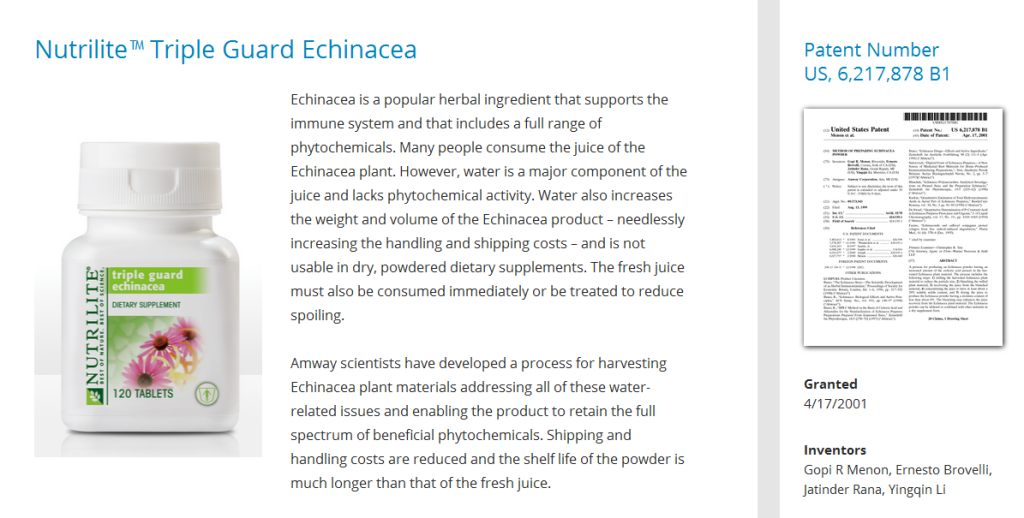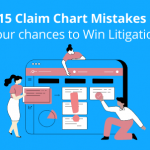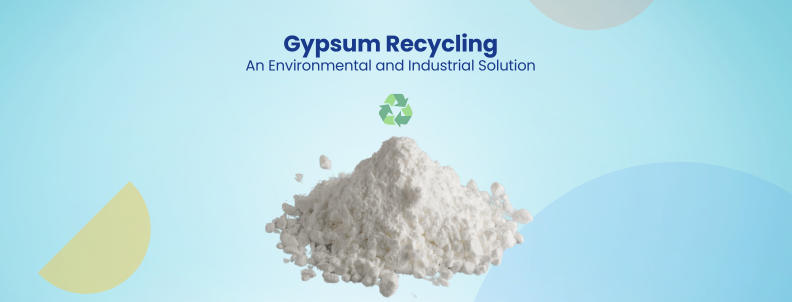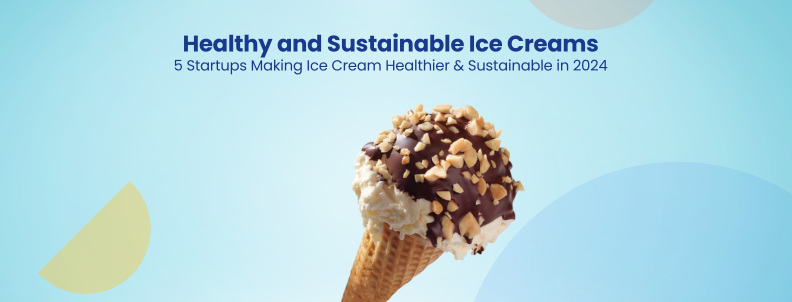There are black holes in the space. Bananas grow on a tree. Red color irritates bulls. Fatwa stands for a death sentence. We evolved from chimps.
You believe all of the above facts are correct, don’t you? Not a single one of them is true. Do tell me one thing: Do you also believe that we have five senses? Well, I know your answer which is a Yes. Congratulations! You are absolutely incorrect.
You are made to believe in such things. You accept them naively without giving them a second thought. These are omnipresent. We call them myths.
Everything you know isn’t wrong. But a lot of it is. Myths are the direct result of a little information. And a little information, my friend, can be a risky thing.
It’s so risky that it can cost you millions of dollars in revenue, can lead you to a potential lawsuit, can make your thousands of dollars useless that you spent on filing that patent. The list goes on.
There are many patent myths that seem to be floating around among inventors, CEOs, and founders. And today, I’ve decided to debunk 7 myths that I’ve found to be common among many decision makers out there.
If any of them is holding you back, now is a great time to break free from the chains and look at the patents from a whole new perspective.
Myth 1: You can only patent breakthrough ideas
This is one of the primary misconceptions that held back hundreds of innovative technologies seeing the light of day. The truth is – any new idea or an improvement over an existing product can be patented. For example, you can protect technologies as simple as checking the freshness of vegetables/fruits (Vegetable Freshness monitoring) or as crazy as a high-five machine (US patent 5356330).
Myth 2: A Patent will deter copycats
Do you believe that your patent will deter every copycat out there? No, it will not. The disappointing truth is a patent can’t stop anyone from copying your product. But don’t worry! There already is a countermeasure for that.
If it comes to your notice that someone is using your patented technology, you can file a complaint of patent infringement. For example, in 2012, a jury found that Samsung ripped off Apple’s patented technology and ordered Samsung to pay $1.05 billion to Apple for infringing its patents.
Thus, a patent doesn’t deter copycats, it’s the law that does. If in your country’s patent laws are not strong, you would find people copying your product even if you have a patent.
Myth 3: My patent is protected worldwide
The catch is – Patents are country specific. What does that mean? It means you can protect your invention only in the country where you have applied for the protection. Thus, you can’t stop a person in Japan from using your technology if you have filed for protection in the US alone.
Is there any solution? Yes, the PCT (patent co-operation treaty) under the umbrella of WIPO (World Intellectual Property Organization) provides a system to file a single patent application over 140 countries.
Related Read: If you’re wondering how much it costs to file, obtain and maintain a patent in major countries around the world, this would be great help – The cost of a Patent in Major Jurisdictions.
Myth 4: Anyone can conduct Patentability searches as they are a Walk in the Park
After talking about patent infringement and PCT application in above heading, we thought of bringing a misconception about patentability searches on the table.
Just because Patent databases are free to access over the internet, many people think that anyone can conduct patentability searches as if they are a cakewalk, which is not the case.
Conducting patent searches is a complex process and require a lot of training. For example, consider this patent US3967273A. The title of the patent is Method and apparatus for using pushbutton telephone keys for generation of alpha-numeric information.
From a sea of patents, it is difficult for a novice to find any existing prior art for this particular patent. You can yourself see that it’s not as easy as it seems and requires someone expert in the field of patent searching.
Myth 5: You can get patent protection if any existing patent doesn’t disclose your idea
Not the complete truth. If you want to get your patent granted, it must satisfy the three criteria for patentability- Novelty, Non-obviousness, and Utility.
In case there isn’t any existing patent describing your idea, but, an article on a blog, a research paper, or a news article is, then too you will not get patent protection as your idea doesn’t satisfy the novelty criteria.
Myth 6: Cost of a patent is predictable
You can calculate the cost incurred for filing and maintenance of a patent. But there are certain invisible strings attached to the cost.
An average software patent, for example, costs almost $23000 excluding the maintenance fee of $3000. In case of the prosecution, an additional cost of $5000-$7000 is incurred along with attorney fees which can go as high as $100000 depending on the severity of the case and the companies involved in the prosecution. Thus, determining how much a patent would cost is a tough nut to crack.
Another aspect is the value that a particular patent holds. Lipitor, a cholesterol-lowering drug that expired in 2011, for example, is considered the most valuable patent ever filed. The single patent earned $105 Billion in revenue for Pfizer.
Some patents, indeed, may turn out to be valuable even though the cost incurred was less. On the other hand, some expensive patents could end up eating dust in a huge patent portfolio.
Myth 7: Patents are only useful for Legal Situations
Do you know what consumers perceive about a company when it markets its product by saying that the product is patent protected? It is perceived to be superior and unique as no one can copy it. On top of everything, the company as a whole is considered to be innovative.
For most young companies, like startups, patents are used as badges to highlight how involved they are in a particular domain. This further helps in attracting VCs and high valuation.
One of the companies which use patents as their marketing tool is Amway. You can see the word “patented” used on many of their products. For example, in below picture, they have mentioned about the patent they got granted for Nutralite.

Patented products usually get an edge in the market. Companies can highlight their product as superior and revolutionary in the market when compared to the products of their competitors.
And that busts one more patent myth. Patents aren’t useful for just legal situations but can also be of great help for your marketing team to showcase your product in a totally different light.
Now that we have busted all these myths for you, if you have any product that satisfies the patentability criteria, go ahead and patent it, it will come in handy someday.
Authored By – Anjali Chopra, Research Analyst, Market research.
Recommended Read: Thinking of getting a patent? You ought to know about patentability search in detail. Read about it here.










